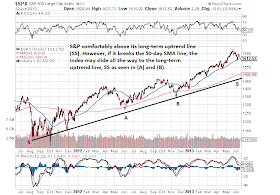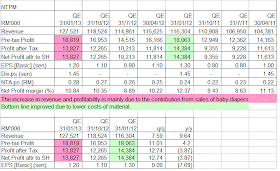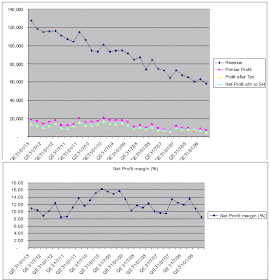Last Friday, when FBMKLCI dropped 25 points on opening bell, there was one stock that defied the fall. That stock was Salcon, a smallish water and waste water engineering company that has shown its intention to venture into the property development sector.
Venturing in property development is a no-brainer these days but Salcon is no ordinary newcomer. Sitting in its board of directors is Datuk Leong Kok Wah. He sat on the board of director of SP Setia. The market knew of Leong as well as the imminent departure of SP Setia's MD, Tan Sri Liew Sin Kee from that company. There were speculations of where Liew would team up for his personal property development business
when he departs from SP Setia (expected to be in early 2015). One of these companies being talked about is Salcon. Last Friday, we learned that Salcon would tie up with Eco-World Development Sdn Bhd to develop a RM1.2 billion mixed commercial development in Johor. One of the shareholders of Eco-World is Liew's son. For more on Salcon, go
here.
From Chart 1, we can see that Salcon rose 10 sen from RM0.57 to RM0.67 last Friday. Its immediate resistance is the horizontal line at RM0.70 while the immediate support is the horizontal line at RM0.55. It must be noted that Salcon has broken above its long-term downtrend line at RM0.55 in May. This breakout means that Salcon's downtrend is over and the stock will either move sideway or begin its upleg.
 Chart 1: Salcon's 15-min chart as at June 21, 2013 (Source: Quickcharts)
Chart 1: Salcon's 15-min chart as at June 21, 2013 (Source: Quickcharts)
 Chart 2: Salcon's weekly chart as at June 21, 2013 (Source: Quickcharts)
Chart 2: Salcon's weekly chart as at June 21, 2013 (Source: Quickcharts)
As noted earlier, Salcon is a small company. For FYE31/12/2012, it
reported a pre-tax profit of RM40 million on a revenue of RM344 million.
In the previous year, Salcom reported a pre-tax profit of RM29 million
on a revenue was RM472 million. The drop in revenue was due mainly to
lower revenue from the Construction division (which dropped from RM240
million to RM142 million, due to lower book order) as well as lower
revenue from the Concession division (which declined from RM219 million to RM189 million). Net profit from the Concession division soared from RM24 million to RM43 million (due to a gain on bargain purchase on the acquisition of a subsidiary) which more than offset the net loss of RM12 incurred by the Construction
division. For 1Q2013, Salcon reported a pre-tax profit of RM7.7 million
(an increase of RM2.0 million from RM5.7 million previously) while
revenue unchanged at RM79 million.
Salcon (closed at RM0.67 on Friday) is now trading at a PE of 30 times (based on EPS of 2.2 sen for FY2012). Salcon's Price to Book is 0.83 time (based on NTA per share of RM0.81 as at 31/3/2013). Salcon's valuation is unattractive.
Based on technical consideration, Salcon could be a promising stock for a speculative play. The stock's fundamental (high valuation and unexciting financial performance) may not warrant an over-sized bet for now. To get a favorable return, you may aim to get into this stock at RM0.55-0.60.
Note:
In
addition to the disclaimer in the preamble to my blog, I hereby confirm
that I do not have any relevant interest in, or any interest in
the acquisition or disposal of, Salcon.

















































